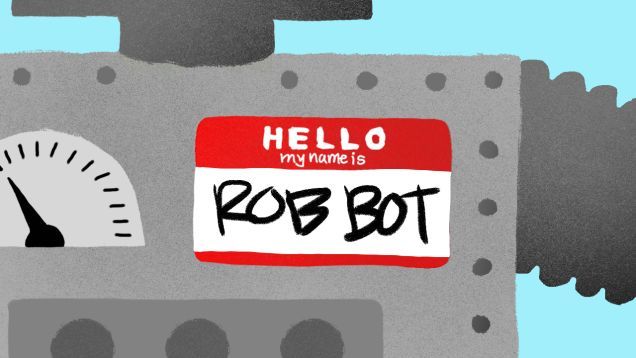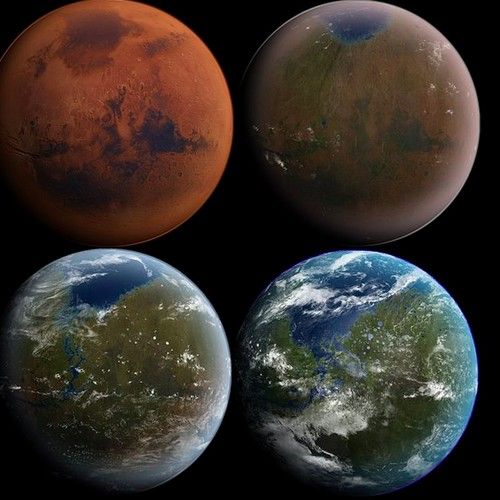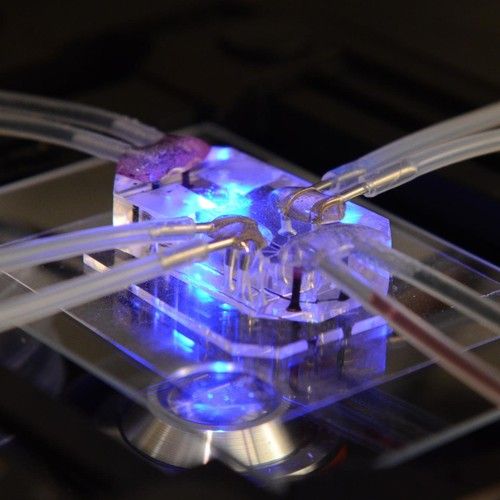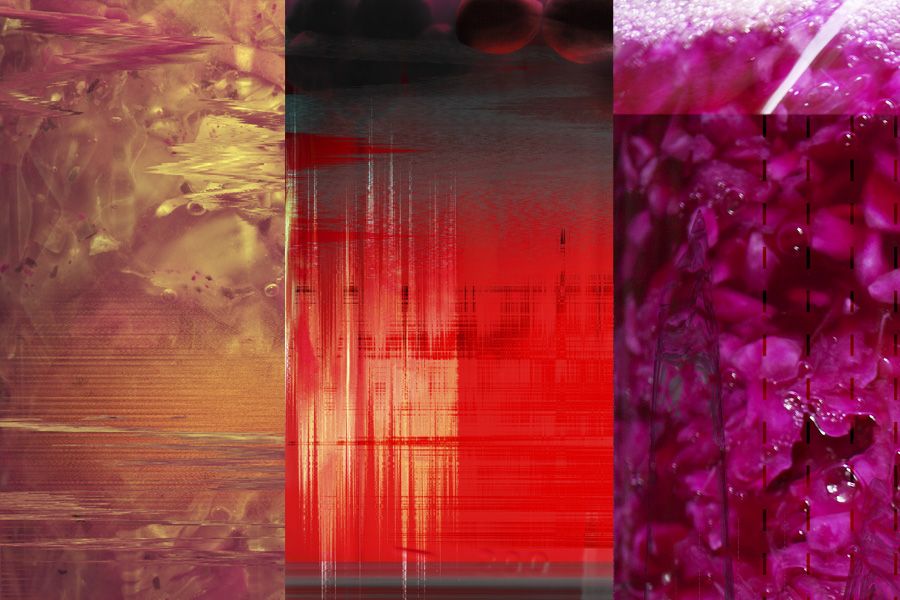A mother and a daughter in an apartment, listening to the women crying on the floors above and…
Are you the kind of person who spends a lot of time pondering when machine learning will finally give us humans a run for our money? Or exactly how the technology behind a pulse simulator works? We had a feeling you might be. So what other questions or ideas about the future of technology keep you up at night? This is your chance to have them answered/discussed by two leaders in the field of future tech: Brain Games host and futurist Jason Silva and Matt Grob, CTO of Qualcomm and holder of more than 70 patents relating to wireless communication and cell technology.
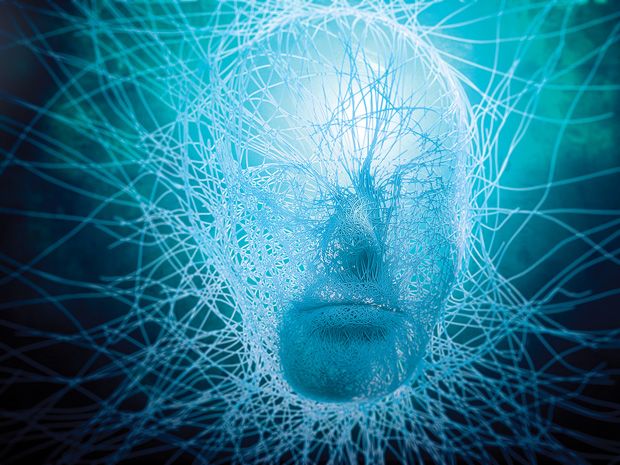
“Dark fantasies, however, distract attention from more urgent questions. How will AI affect employment, especially higher-paying work? When will robot writers and artists alter the way humans consume creative content? Who will be held accountable for accidents when humans are no longer in the decision or action loop? Instead of ‘wolf’ criers of the Musk sort, humans need a serious discussion about new norms and practices that will shape and govern AI.” Read more
This is a rewritten story I’m publishing for the first time on The Huffington Post. It’s part of my goal to get other communities involved with supporting transhumanism:
The Pentagon is working on technology that will allow it to engineer a new organism within a day of it being found in the wild.
Researchers are combining human cells and polymers to make a very trippy contraption for medical testing.
Mentally count the windows in your home. Did you close your eyes? Visualize your house’s layout in your head? I did, when I tried this task. But some people, researchers have discovered, seem to be incapable of producing and holding such images in their mind’s eye. (They’re also perfectly capable of answering the window question.)
“OS FERMENTATION events have included installations, workshops, prints, and tastings. The installation includes digital prints created by custom electronics and software that allow microbes to take their own “selfies” and add image manipulation effects to their images based on the shifting pH levels, oxygen, and color values of the fermentation process.”

